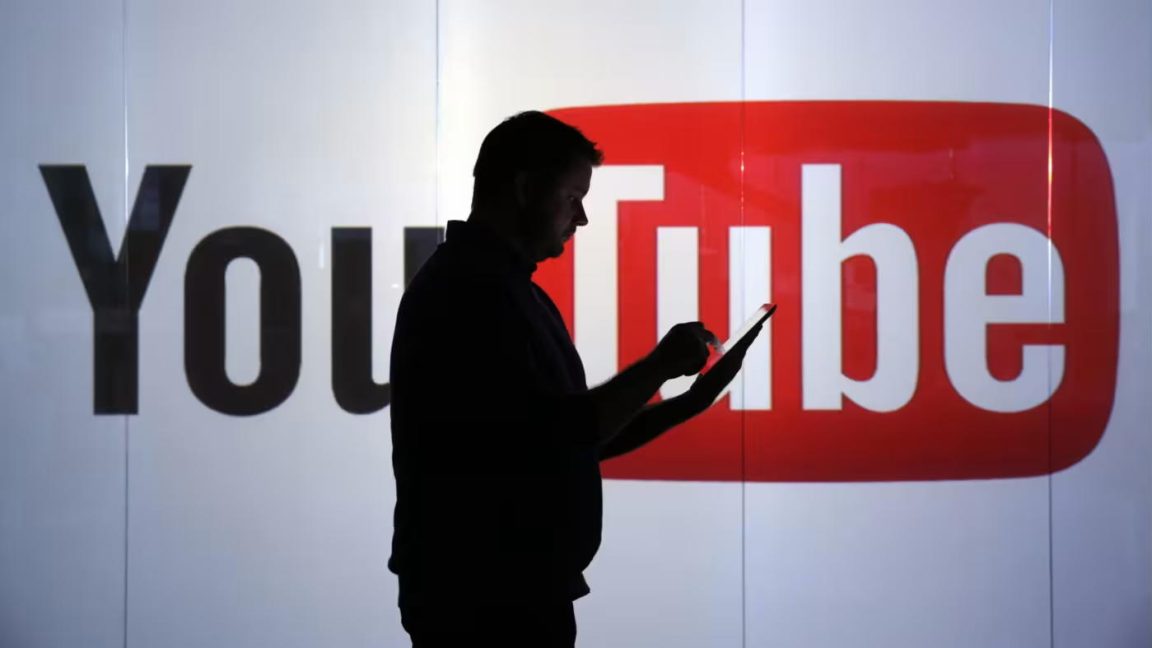YouTube Expands Likeness Detection to Combat AI-Generated Deepfakes

Key Points
- YouTube introduces a beta likeness detection tool to identify AI‑generated videos that misuse a creator’s face.
- The feature requires creators to verify their identity with a government ID photo and a facial video.
- Initially tested with a small group, the tool is now being offered to more eligible creators.
- Likeness detection operates similarly to YouTube’s copyright detection system.
- The rollout aims to protect creators from misinformation, brand damage, and harassment.
- YouTube does not plan to ban AI video but provides tools to mitigate deepfake risks.
YouTube is rolling out a beta likeness detection tool that aims to identify AI‑generated videos that misuse a creator’s face. The feature, similar to the platform’s copyright detection system, requires creators to verify their identity with government ID and a facial video. Initially limited to a small group, the tool is now being offered to more eligible creators, giving them a way to protect their likeness from synthetic content that could spread misinformation or damage their brand.
Background
AI‑generated content has become increasingly sophisticated, moving from early images with distorted hands to realistic synthetic videos that can be difficult to distinguish from authentic footage. The rise of these deepfakes has raised concerns among creators, influencers, and lawmakers about potential brand damage, misinformation, and harassment.
How Likeness Detection Works
YouTube’s likeness detection tool functions much like its existing copyright detection system. When a creator opts in, the platform scans uploaded videos for instances where the creator’s face is used in AI‑generated content without permission. To activate the protection, creators must verify their identity by providing a photo of a government‑issued ID and a video of their face. This additional verification step is required even though the creator’s existing videos already contain facial data.
Creator Participation
The feature began as a limited test with a small group of creators earlier in the year. YouTube has now expanded eligibility, notifying the first batch of creators that they can enable likeness detection. Interested creators must supply the required identity information to receive the protection. The tool appears in YouTube Studio under the “Content detection” menu, though it remains a beta feature and may not be visible to all users.
Implications for the Platform
YouTube’s rollout reflects Google’s acknowledgment of its role in the proliferation of AI content through its powerful, freely available models. While the company does not plan to ban AI‑generated videos outright, providing tools to flag and protect against unauthorized likeness use offers a compromise that balances creator safety with the continued growth of AI video on the platform. The move also addresses broader concerns about deepfake‑driven misinformation and the potential for AI‑based harassment.
Future Outlook
As the beta expands, YouTube may refine the verification process and broaden access to more creators. The platform’s approach suggests a continued investment in detection technology to safeguard both creators and viewers from deceptive synthetic media while maintaining an open environment for legitimate AI‑enhanced content.